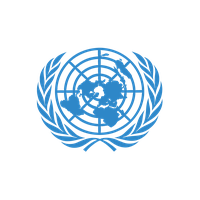
International Day of Peace
Taking place on 21st September every year.
Calling on all nations to observe a day of global ceasefire and non violence.
About the event
Declared by the UN General Assembly in 2001, the International Day of Peace calls on all nations to observe a day of non-violence and invites everyone to honour a cessation of hostilities throughout the day. This is a day to emphasise the importance of peace and demilitarisation for a fair, green and just world.
In 2021 an estimated 628 events took place in 79 countries. The UN invites Member States, United Nations bodies, regional and non-governmental organisations to commemorate the Day and to cooperate with the United Nations in establishing the global ceasefire.
How to approach it
There are many angles you can approach this day. A useful place to start is the Peace Education Network’s Teach Peace Pack which has 10 assembly ideas and follow-up activities that give an excellent grounding in the key themes of peace building.
A good idea to begin with is to ground discussion of peace in the everyday experience of students and then apply this to conflict on a larger scale. Start with the question: What does it mean to be at peace with yourself? Answers might include feeling safe, happy, confident, or relaxed. Next, ask: What does it mean to be at peace with others around you? What does conflict look like with fellow students, parents or friends? Help students to sketch out these situations and then explore how we might resolve a lack of inner peace or interpersonal conflict. Some answers to this might include more kindness, forgiveness, understanding, finding connections between one another or accepting responsibility.
After you have done this, compare these smaller conflicts to larger ones between communities, regions, and nations. Encourage a peacebuilding mindset by showing that, like in small scale situations, conflict is rarely ‘won’ by anyone. Often both parties are hurt, and the damage is often incalculably worse the larger the conflict that takes place. Show that at the end of conflict there must always be peace- a point in time where both parties have to sort out their differences.
Organised by
United Nations

Conversation starter
Around $1.9 trillion is spent globally on militaries each year, but only $50 billion is spent by the United Nations each year to keep peace. How do you think the money spent on war could be used to encourage peace instead?




